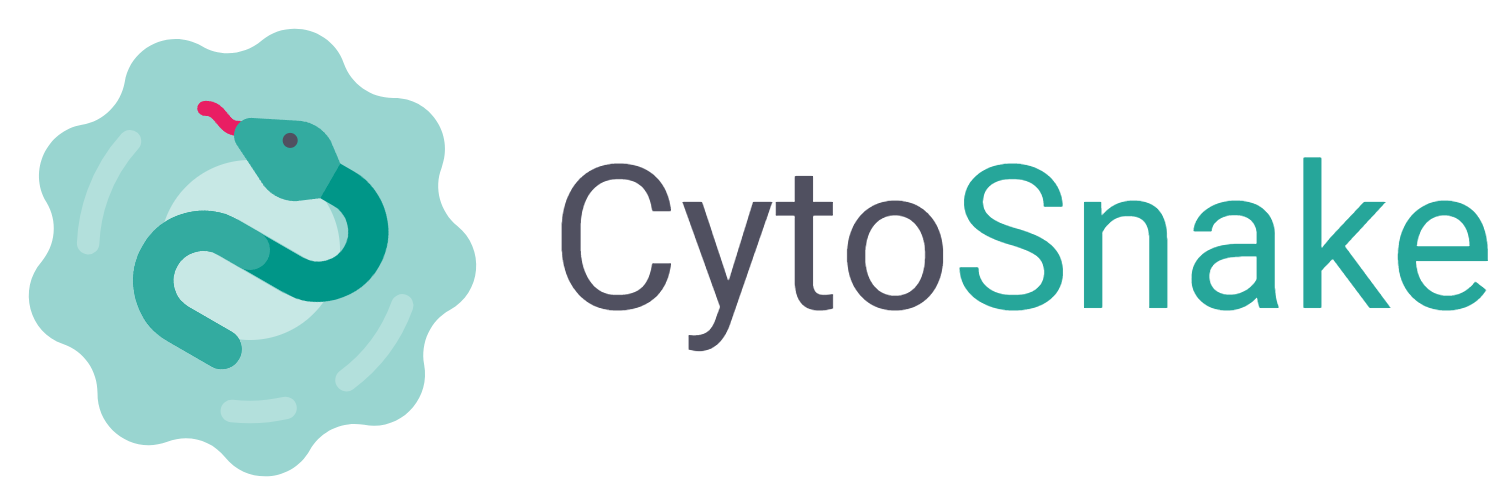CytoSnake: Orchestrating reproducible pipelines for processing high-dimensional systems morphology data with snakemake
Erik Serrano, Gregory P. Way University of Colorado Anschutz School of Medicine
CytoSnake is a command line interface (CLI) tool that orchestrates reproducible workflows that process high-dimensional single-cell morphology features extracted from microscopy images.
CytoSnake's workflows are written in Snakemake, which is a well established workflow manager that facilitates data reproducibility, scalability, and modularity.
CytoSnake makes it easy for user to process high-dimensional cell morphology data as it requires straightforward inputs and parameters.
Below is an example on how to execute CytoSnake once installed:
# setting up directory
cytosnake init -d <FILES or LIST OF FILES> -m <METADATA DIR> -b <BARCODE>
# executing workflow
cytosnake run <WORKFLOW>note: -b is optional, it is used if there are multiple platemap files
Install CytoSnake with conda.
conda install -c bioconda cytosnakeNOTE: In case you don't currently have
condainstalled on your system, you can access the documentation here. We recommend using Miniconda, primarily due to its lightweight installation process.
To check if CytoSnake has been successfully installed, simply type cytosnake help to see the CLI documentation:
cytosnake helpCytoSnake workflows are the main instructions on how your data is going to be processed. Each workflow comes with its appropriate configuration file.
Here is an example below:
annotate_configs:
params:
input_data: plate_data
join_on:
- Metadata_well_position
- Image_Metadata_Well
add_metadata_id_to_platemap: True
format_broad_cmap: False
clean_cellprofiler: True
external_metadata: "none"
external_join_left: "none"
external_join_right: "none"
compression_options:
method: "gzip"
mtime: 1
float_format: null
cmap_args: {}
aggregate_configs:
params:
input_data: annotated
strata:
- Metadata_Plate
- Metadata_Well
features: infer
operation: median
output_file: none
compute_object_count: False
object_feature: Metadata_ObjectNumber
subset_data_df: none
compression_options:
method: gzip
mtime: 1
float_format: null
Above is a portion of the listed configs from the cp_process workflow.
Each block represents an analytical specific step that is conducted within the workflow.
In this example, annotate_configs and aggregate_configs are separate steps that occur within the cp_process workflow.
Each block has the params parameter, which are the parameters associated with the analytical step.
Users can edit these parameters from the defaults if they want their workflow to analyze their data in a specific way.
Overall, each workflow will have a designated workflow config file. It will contain all the steps conducted in the workflow, and users have the option to change the default parameters that are specific to their dataset.
